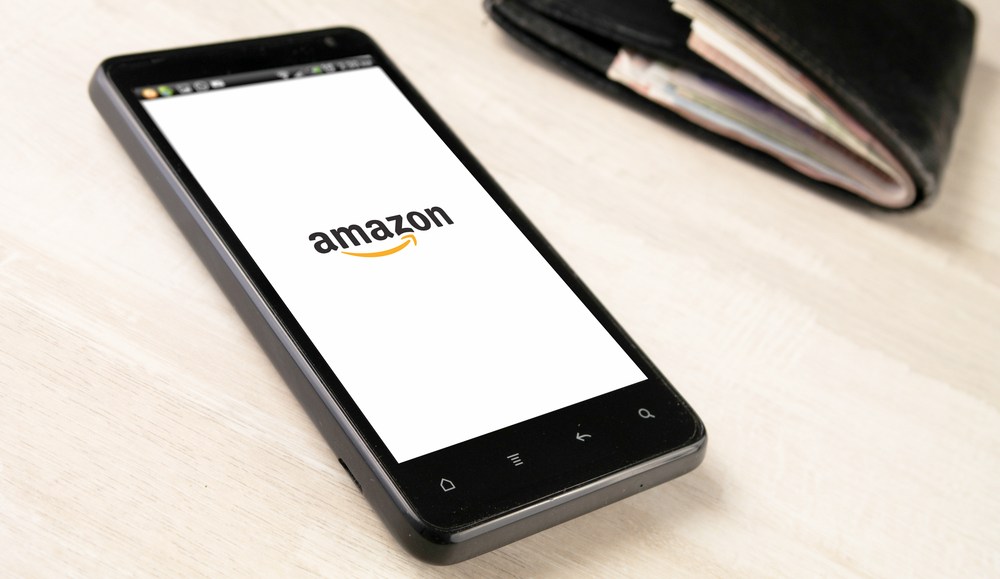Save 50% on a 3-month Digiday+ membership. Ends Dec 5.

David Saef is evp of MarketWorks and strategy at GES, a global event marketing company.
It’s finally happened: Amazon is opening its first brick-and-mortar store just in time for the holidays.
While Amazon has thrived for years on a solely digital marketing strategy, the physical store in the Empire State Building’s shadow will serve as a hub for in-store pickups and same-day deliveries.
Just as Apple still relies on live events and in-person interactions at its stores to connect with customers, Amazon hopes to offer shoppers the convenience and immediacy of the brick-and-mortar experience.
Amazon’s bold move is a lesson to all brands: Focusing on one marketing approach ignores the fact that customers live in both worlds. The most successful companies of the future will be those that use an integrated approach to marketing that combines in-person events with digital.
Brands that focus on one approach will fail
As consumers move more of their lives online, marketing budgets follow. In fact, 69 percent of marketers plan to increase their digital spending in the next five years.
However, one look at companies like eToys.com and Pets.com shows how unlikely it is for companies to achieve success using digital-only strategies. Both companies deployed a lot of online marketing, but none of it offset the missing brick-and-mortar presence needed to tie it together.
The purpose of digital is to build brand awareness, remain top of mind and keep customers informed of new brand developments. But seminal, in-person events like product launches add authenticity, engagement and meaning to the experience.
And yet, in-person events benefit immensely from a sound digital backbone. Far too many companies plan trade shows and other live events with an “if you build it, they will come” attitude.
The truth is that if you don’t make an effort to connect with customers before an event, you’re not likely to make it to their must-visit list. Plus, an astounding 31 percent of companies that exhibit at live events have no formal follow-up plans in place, which drastically lowers the potential for post-show sales.
Brands must take an integrated approach
To develop the ideal approach to integrated marketing, you must first consider your overall objectives and target audience. Who do you want to reach? What do you want them to think and feel? What do you want them to do?
Identify the “big idea” that will help customers get where you want them to be, then use this as a basis for your marketing. Build out your communications with this message to ensure your digital assets will build momentum for in-person interactions.
Bud Light’s #UpforWhatever campaign and Procter & Gamble’s Art of Balance campaign expertly combined digital with the excitement of in-person events.
Bud Light took over Crested Butte, Colorado, and branded the town for a weekend of partying as part of its digital campaign. To amuse and educate exhibit attendees, Procter & Gamble teamed up with Pilobolus dance company to create a memorable video performance of pet digestion to promote Iams ProActive Health, as well as a pre-event and an in-booth experience that engaged, immersed and excited veterinarians to promote probiotic foods and improve pet care.
Both campaigns enticed customers to engage in person and extended the experience via digital advertising. Trying to execute one piece of the strategy without the other would have drastically diminished the campaigns’ effectiveness.
Customers aren’t one-dimensional. They live online and in the real world, which means they require multiple interactions to forge deep brand connections that yield real results. Follow Amazon’s lead and embrace an integrated approach to solidify your customer relationships now and in the future.
More in Marketing

Future of Marketing Briefing: The tells and flops that will define Omnicom-IPG mega holdco
The real story will sit in how this newly fused entity behaves — whether it breaks from the patterns that defined both parents or simply scales them.

In Graphic Detail: CMOs at a crossroads of power and proof
CMOs are closing out another year defined by churn and shifting ground.

As Black Friday nears, fake apologies from brands are all over Instagram
Brands have taken to social media in advance of Bliack Friday to ask followers for forgiveness. The catch: They’re apologizing for their products being too good.





